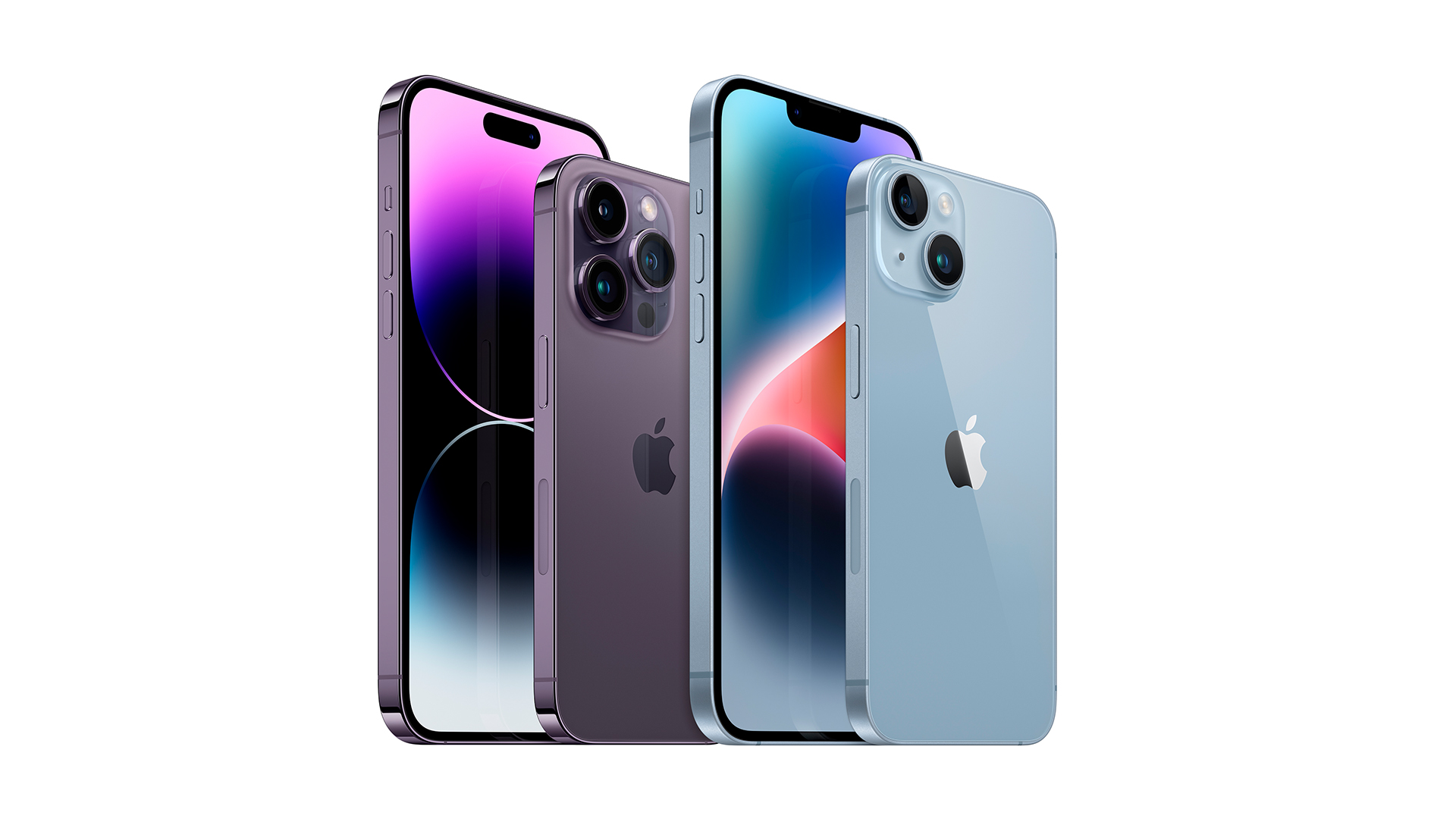If this iPhone 15 rumour is true then you can count me out
60Hz displays on flagship phones in 2023 are a red flag

With September slowly creeping up, our minds are already turning to the release of Apple's next flagship smartphones. Tentatively titled the iPhone 15, we're anticipating four new phones to launch later this year; the iPhone 15, iPhone 15 Plus, iPhone 15 Pro and iPhone 15 Pro Max.
The iPhone 15 rumour mill has already churned out some exciting potential features and changes for these new models, including a more rounded chassis and a final farewell to the notch, as all new models are suspected to receive the dynamic island which debuted on last year's iPhone 14 Pro Max. However, the biggest (and arguably best) news is that this is the year that the iPhone will ditch Apple's proprietary Lightning connector in favour of USB-C, thanks to an EU court ruling that means all future devices must use a standardised charging connection from hereon out.
This all sounds quite positive, so what could possibly turn me away from the iPhone 15? It happens to be a certain rumour about the phone's display that's left a bad taste in my mouth and I can't shake the feeling that it might just be true.
Supposedly, the iPhone 15 and 15 Plus will use 60Hz displays, information that was leaked by various industry insiders earlier this year. Since these reports have come out, no further rumours have challenged them, with suspicions mounting that Apple will indeed stick with a non-LTPO OLED display for the standard iPhone 15 and 15 Plus, which will be capped at 60Hz.
It's worth mentioning here that this doesn't apply to the iPhone 15 Pro and Pro Max, which are already basically confirmed to include adaptive refresh rate OLED panels up to 120Hz, or as Apple calls it "ProMotion". Here we're talking about the non-Pro iPhones, which will still be priced firmly in the flagship territory. It does however mean that the iPhone 15 won't get an always-on-display mode once again, as the LTPO displays that allow for the refresh rate to drop to just 1Hz for this mode will only be used on the Pro models.
This is an issue we flagged in our iPhone 14 review last year, and at £849 / $799 / AU$1399, it seemed like a ridiculous omission. A phone that costs this much shouldn't compromise on a feature seen on many handsets that cost half the price. Take the recently reviewed Google Pixel 7a (£449 / $499 / AU$749) with its 90Hz display, or better yet the Nothing Phone (1)'s (£399 / AU$749) 120Hz display as two prime examples.
Higher refresh rate displays have been an evolving aspect of Android phones for years, so seeing Apple lagging so far behind is frustrating. It doesn't help that high refresh rates are genuinely an asset on every phone we've tested, as it makes scrolling through apps, navigating the user interface and gaming all feel so much more fluid and engaging, as well as giving the illusion of snappier operating system performance.
Get the What Hi-Fi? Newsletter
The latest hi-fi, home cinema and tech news, reviews, buying advice and deals, direct to your inbox.
So why is Apple supposedly sticking with 60Hz? Our suspicion is that it wants to keep that feature exclusive to the Pro models for the foreseeable future, as it will likely claim that the average iPhone user doesn't need a high refresh rate screen and the tradeoff would be weaker battery life. My response to this would be to simply allow users to switch back to 60Hz if they would prefer to preserve battery life, as is the case with most Android phones.
Frankly speaking, iPhones have a track record of having excellent displays, with even the bog-standard iPhone 14 looking rich, sharp and detailed in our testing. So with that in mind, we expect the picture performance of the 15 to be just as good, however, if the iPhone 15's display is capped at 60Hz, then it will face the appropriate criticism. It's a feature I've become accustomed to on other devices, and not one I could see myself wanting to give up; so if the iPhone 15 doesn't have a 60Hz screen then I certainly won't be buying one.
MORE:
Read our full iPhone 14 review
And our iPhone 14 Pro Max review
As well as our picks for the best iPhones
Lewis Empson is a Senior Staff Writer on What Hi-Fi?. He was previously Gaming and Digital editor for Cardiff University's 'Quench Magazine', Lewis graduated in 2021 and has since worked on a selection of lifestyle magazines and regional newspapers. Outside of work, he enjoys gaming, gigs and regular cinema trips.
-
SPBonzo Should that read 'so if the iPhone 15 DOES have a 60Hz screen then I certainly won't be buying one.'?Reply
